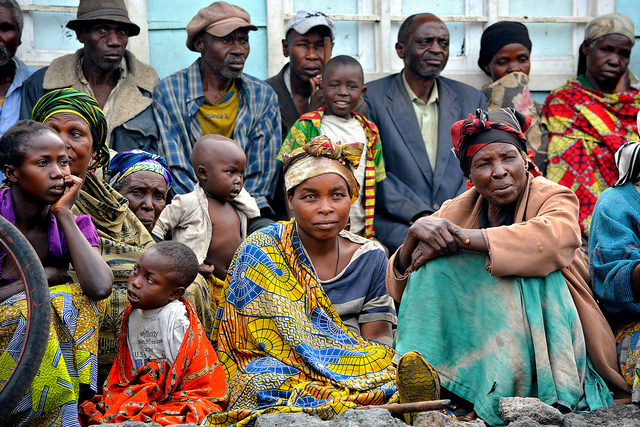10 Biggest World Issues

World issues range from a variety of different factors; it could be anything from an environmental problem to a global health risk or an international conflict.
10 Biggest World Issues
- Malnutrition and Hunger: Malnutrition and hunger continue to be issues in developing countries, such as the Central African Republic, Chad and Yemen. According to the Food Aid Foundation, 795 million people in the world are not receiving the proper amount of nutrients. Additionally, hunger is the leading health problem among children and adults, causing approximately 45 percent of children’s deaths.
- AIDS: HIV/AIDS is an epidemic, in which more than 36.7 million people are living with the disease. About 2.1 million children currently have the disease, and in 2016 alone, one million people have died. The prevalence of AIDS is still alive; however, many international organizations have contributed to its decrease in recent years.
- Malaria: Malaria is a major health risk in tropical, developing countries, such as Kenya and the Congo. Approximately 3.2 billion individuals are vulnerable to Malaria — this is half of the world’s population. Young children are the most susceptible, and about 445,000 people died from Malaria in 2016.
- Air Pollution: Air Pollution is a global environmental problem that causes health issues and food shortages. Pollutants harm food supplies and crops, which further create problems for malnutrition and hunger. Pollutants also directly harm human life. According to Conserve Energy Future, 65 percent of deaths in Asia and 25 percent of deaths in India are due to air pollution.
- Lack of Human Rights: Political systems hinder human rights and liberties that are inherent to every individual regardless of his or her demographic, religion, culture, gender, race, etc. In 2014, Amnesty International recorded that more than a third of governments imprisoned its citizens who were exercising their rights. Abuse and conflict occur on every continent — from state-sponsored killings in Syria to repression of speech in Russia.
- Lack of Education: The right to education is not guaranteed within developing countries because of issues such as inequality among different ethnicities or classes, interstate or intrastate conflict, and poverty. 72 million children are unschooled, and about 759 million adults are illiterate. Additionally, girls are the least likely to receive an education.
- Gender Inequality: Due to gender inequality, education and economic opportunity are inaccessible to many women of all backgrounds. About 150 countries have laws that discriminate against women’s rights. Underrepresented in governmental bodies, women only hold an average of 23 percent in parliamentary seats.
- Conflict and War: There are still many active conflicts in today’s world that have devastating effects for citizens living within war-stricken areas. The total number of casualties from the Syrian Civil War is about 465,000 individuals, and one in four children are the victims of war. In addition, international tension with North Korea has become the leading determinant of the United States’ international agenda and foreign policy. There is a multitude of other conflicts that have detrimental effects on civilian livelihoods and international peace/security.
- Displacement: The number of individuals who were forced to flee their homes has skyrocketed drastically in recent years. The Internal Displacement Monitoring Centre (iDMC) reported that 31.1 million individuals were displaced in 2016. Displacement could occur after natural disasters or throughout war. Unfortunately displaced individuals have increased to approximately 59.5 million due to continuing conflict in the Middle East. In Syria alone, there are about 11 million refugees, which include young children.
- Global Poverty: Poverty is an overarching world issue that affects infrastructure, health, education, human rights, etc. Roughly one billion children live in poverty, and 80 percent of people live on less than $10 a day. Additionally, every 10 seconds, citizens across the globe die due to poverty-related issues. Dismally, the gap between economic and income disparity among countries is widening.
Fortunately, world issues have solutions, and a multitude of organizations are fighting to alleviate pain that has been afflicted by these problems. The International Affairs Budget is one of many solutions that funds development and helps fight diseases, prevent hunger, and create new jobs, while solving many other issues around the world.
If you would like to get involved in helping prevent these world issues, join The Borgen Project in supporting the protection of The International Affairs Budget from proposed budget cuts by sending a letter of support.
– Diana Hallisey
Photo: Flickr
